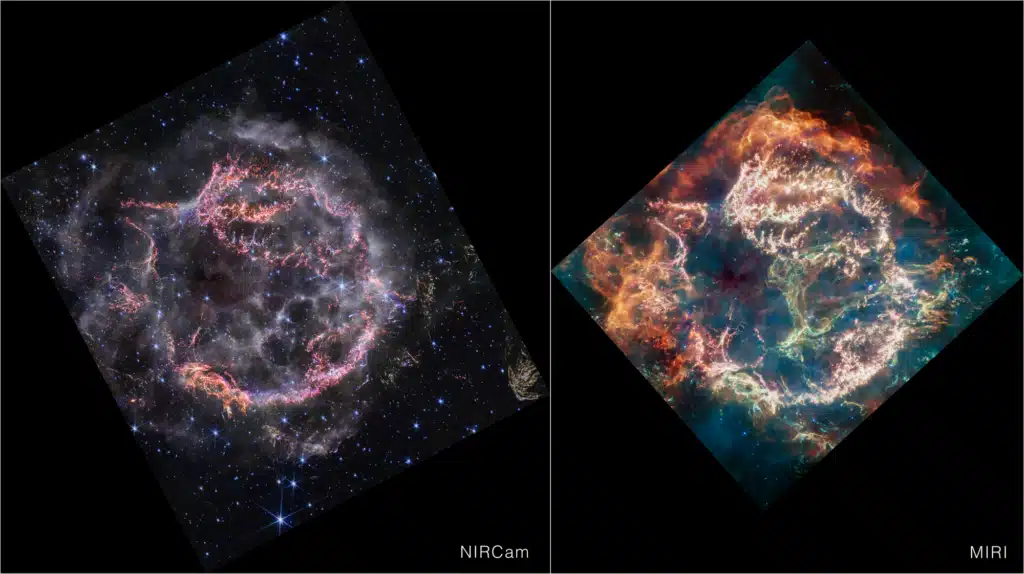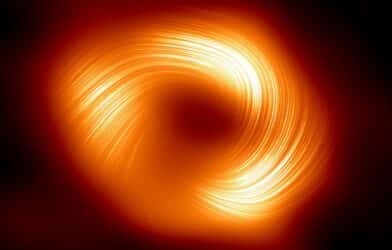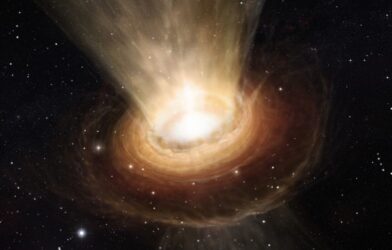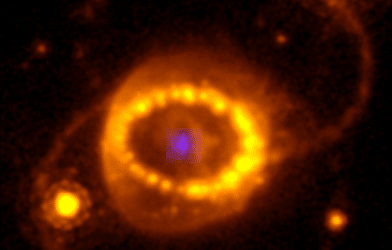JWST Unveils a Cosmic Marvel in Holiday Celebration
In an awe-inspiring blend of science and holiday cheer, NASA’s James Webb Space Telescope (JWST) has captured a breathtaking new image of the supernova remnant Cassiopeia A (Cas A). This celestial snapshot was recently unveiled as part of the 2023 Holidays at the White House, with First Lady Dr. Jill Biden presenting the first-ever White House Advent Calendar.
A Stellar Explosion Like No Other
Cas A, resembling a radiant ornament, is not just a beautiful space entity but a significant scientific marvel. The JWST’s Near-Infrared Camera (NIRCam) has captured this stellar explosion in unprecedented detail, revealing aspects of the supernova remnant previously unseen in these wavelengths.
Supernova remnants are what remains after a star explodes. These remnants are crucial for understanding the life cycle of stars and the distribution of elements in the universe.
Cas A is a well-known entity in the astronomical community, studied extensively by ground and space observatories, including NASA’s Chandra X-Ray Observatory and the Hubble Space Telescope. However, with the JWST, researchers have entered a new era of observation.
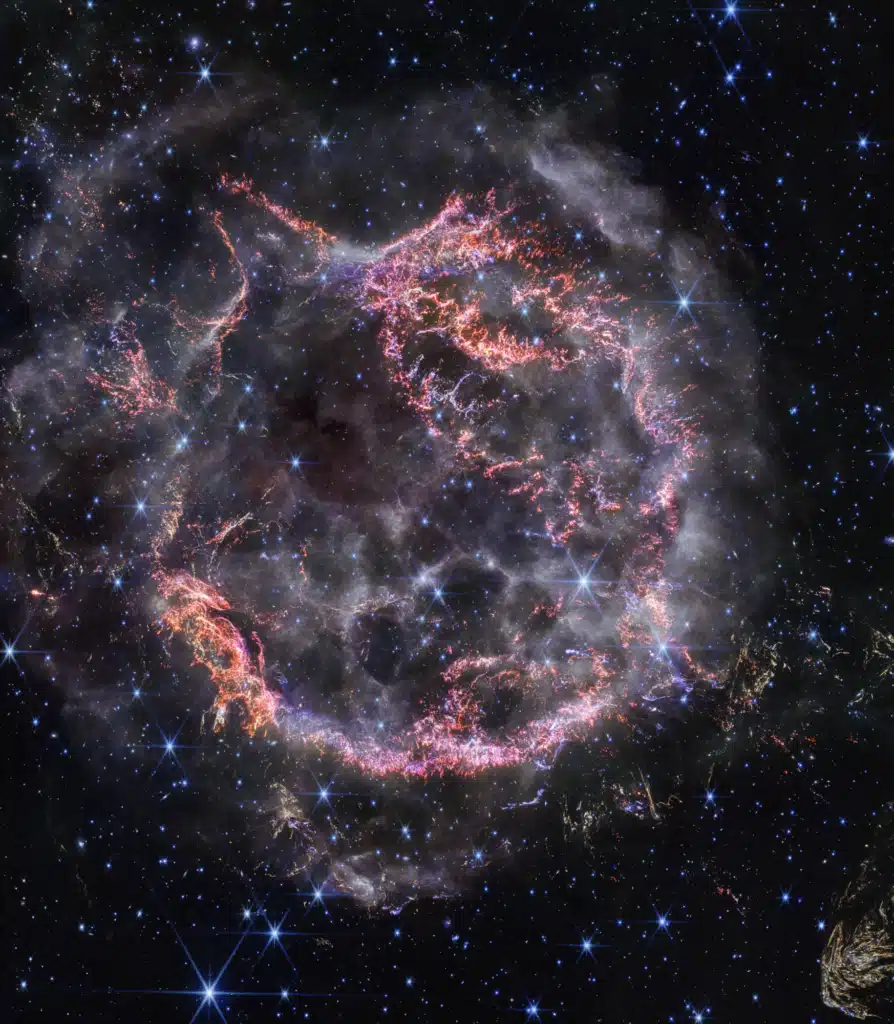
“With NIRCam’s resolution, we can now see how the dying star absolutely shattered when it exploded, leaving filaments akin to tiny shards of glass behind,” said Danny Milisavljevic, a leading researcher from Purdue University, in a statement. This high level of detail is providing transformative insights into the supernova process.
The NIRCam image of Cas A may seem less vibrant than previous images, but this is due to the specific wavelengths of light being captured. In this image, bright orange and light pink clumps represent the supernova’s inner shell, containing elements like sulfur, oxygen, argon, and neon from the original star. These clumps, containing dust and molecules, will eventually become part of new stars and planetary systems.
Mysteries Unveiled: The ‘Hidden Green Monster’ and ‘Baby Cas A’
The Webb telescope’s images also highlight some intriguing features. For example, the Green Monster, a loop of green light in the central cavity of Cas A, seen in mid-infrared, poses a unique puzzle for researchers.
Additionally, a striking feature named “Baby Cas A” was discovered. This large, striated blob, resembling a smaller version of Cas A, is actually a light echo from the supernova, located about 170 light-years behind the remnant.
The Cas A supernova remnant is situated 11,000 light-years away in the constellation Cassiopeia and is believed to have exploded around 340 years ago from our Earth-based perspective. This latest image from the James Webb Space Telescope not only brings us closer to the far reaches of the universe but also beautifully intertwines the wonders of space with the festive spirit of the holiday season.
